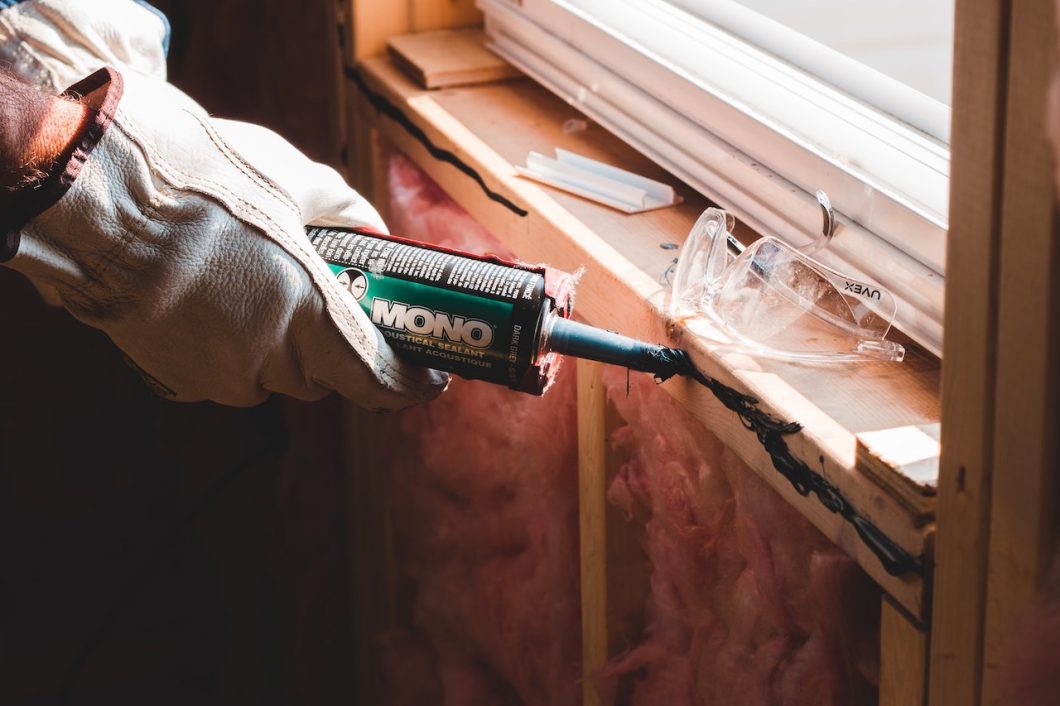Buying a tiny home can be a great project for folks if you have a DIY mindset and a love for mixing paints and applying plaster.
However, renovating a tiny fixer-upper requires a different approach than renovating typical houses. You are working with smaller surface areas, and have to be more detail-oriented to ensure that every wall panel, carpet, and piece of furniture looks great.
Fortunately, you are not the first to pick up your paintbrush and refurbish a tiny home. Here are a few tried and tested tips to help renovate your tiny fixer-upper.
Plan
Before you start plastering walls and picking out new rugs, you need to create a cohesive plan complete with budgets, timelines, and dream goals. A clear plan is particularly important if you’re renovating with a partner, as it will be your touch-point when working alone.
Start with your budget. Buying a fixer-upper can save money as fixer-uppers have a lower cost per square foot and face lower market competition. However, they still come with costs that you’ll need to account for during the renovation process. Create a clear budget that dictates how much of your vision you can see through now, and how much may need to wait for future funds to come in. Account for a range of expenses including:
- Equipment
- Planning permission
- Surveys
- Damp-proofing
- Repairs and restorations
Give yourself some financial breathing room when setting a budget so you can account for the unexpected. You don’t want to buy top-of-the-range lighting only to find that your whole house needs a damp-proof treatment or new windows.
Further reduce your costs by DIYing when possible. You could, for example, varnish and install your own hardwood floors instead of calling in a professional. Just be aware of the common mistakes before you start and remember to always measure twice before you cut.
Common Mistakes
Mistakes are a part of every renovation project. However, you can’t afford to be caught out by costly errors that damage the integrity of your vision or undermine the safety of your home. Exercise some caution when making big changes and beware of subcontractors who seem shady.
If you’re planning major renovations, talk with the subcontractor you’re using and ensure that they are happy with third-party assessments of their work. This will ensure that their work meets industry standards and gives you peace of mind when major works are being completed.
If you’re buying a tiny home with renovation in mind, be sure to read the planning permission and surveying before you buy. You may find quirks in the permission that the original owners obtained, and don’t want to be caught out by restrictions that limit your ability to modify or expand the existing structure.
DIY Skills
Learning how to DIY your home renovations can save you time and money. However, you don’t want to start knocking down walls or modifying your plumbing if you don’t have the requisite skills to see the project through.
You can improve your DIY skills by undertaking low-stakes projects that get you used to working with the tools you’ll be using. Consider easy projects like:
- Swap out your faucets
- Build custom shelving
- Renovate kitchen cabinets
- Reupholster existing furniture
These DIY projects won’t turn you into a builder overnight, but they will help you build confidence and adopt the DIY mindset.
When to Bring in Contractors
The idea of renovating your own tiny fixer-upper is appealing to many. Being the person who installs the flooring or wires the electricity can give you a sense of pride in homeownership. However, sometimes the cons of doing it yourself outweigh the benefits.
Going with a professional may save you money if you cannot afford to take extensive time off work to see your vision through. Unlike contractors, your work commitments get in the way of time-intensive projects like sanding floorboards or installing new stairs.
Contractors may also save you money if you are currently renting a home while you wait for your tiny home to be completed. You won’t enjoy living in a dusty, noisy environment, and doing so will only slow the project down. However, renting while you renovate is costly — particularly if you aren’t making any progress during the work week.
Have Fun
Renovating is a large, stressful project — but it should also be fun. A stubbed toe today makes for a great story tomorrow, and there’s a unique joy in working with your loved ones on a home renovation project.
Take time away from major restorations to involve the whole family. If you have children, get them involved by setting them achievable projects like painting name plates for their doors or painting their own walls.
Once major renovations are completed, consider a few unique renovations to your space to make it your own. Have you always wanted a sliding ladder? Do you want to install sleek gliding doors? Making a few renovations for yourself can motivate you throughout the renovation process and improve the final result.
Conclusion
Renovating a tiny fixer-upper requires love, attention to detail, and a bigger budget than you might expect. Save costs and speed the process up by hiring a subcontractor you trust and reading the planning permissions before you buy. Remember to have fun during the process and set time aside to complete passion projects as well as essential renovations.
Photo Credit: Unsplash
